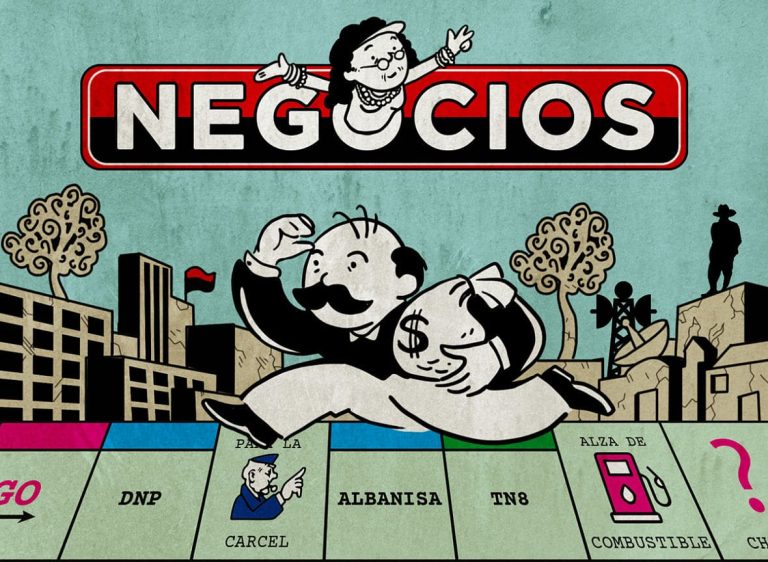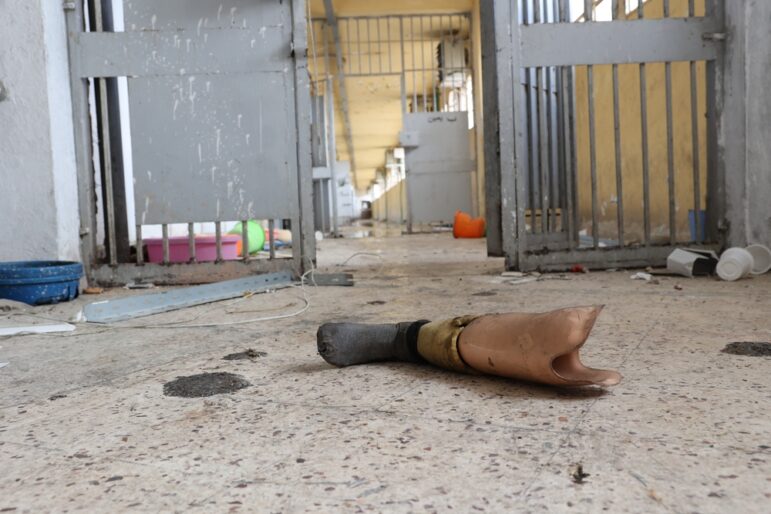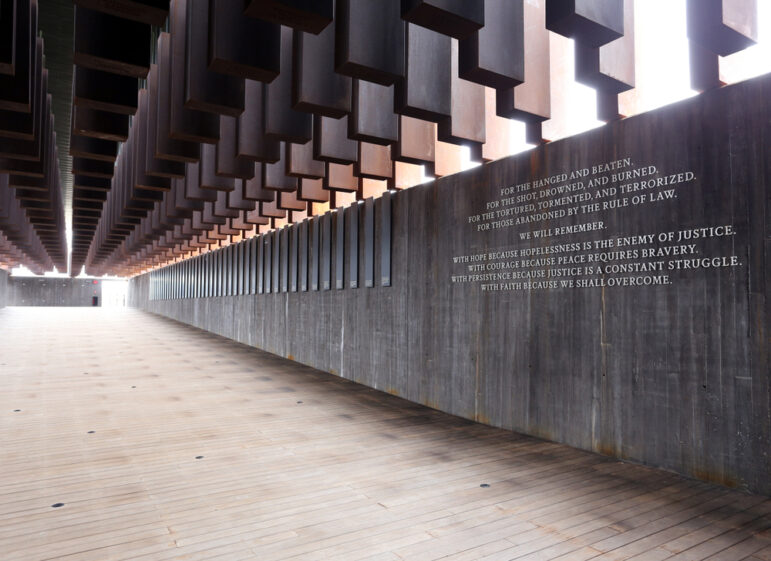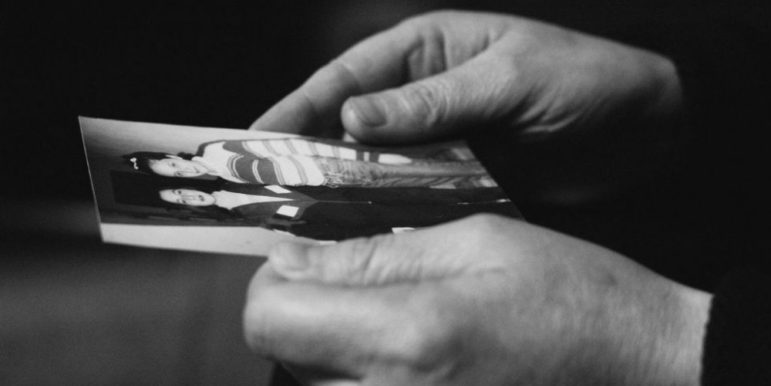

Tracking Down the Disappeared: Top Tips from Investigative Reporters on the Front Lines
Read this article in
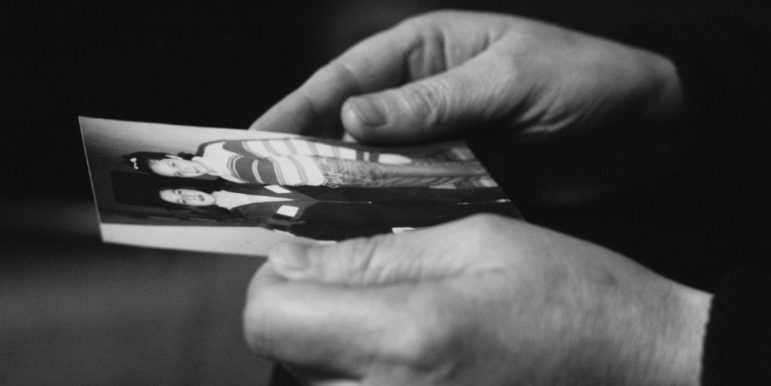
Photo: The International Commission on Missing People
Organized criminal groups are often entrepreneurial, opportunistic, parasitical, and hidden. This makes them an interesting, albeit dangerous, subject for an investigative journalist. One of the tools these groups use globally is disappearances, making people vanish, sometimes for ransom, to silence witnesses, or even to murder the competition.
GIJN’s webinar series on Digging into Disappearances, co-hosted by the Resilience Fund, brought together reporters from a half-dozen countries who are experts in investigating these cases, with sessions focused on the role of journalists in cases where victims, or perpetrators, disappear. Below are some of their key tips and advice for investigating missing people.
Paint a Full Picture
Glenda Gloria, managing editor of leading online news site Rappler in The Philippines, investigated the case of Filippino rebel Jonas Burgos who disappeared in April 2007 and was never found. She says that it is important that journalists follow their intuition when trying to track down a missing person. “Before we venture into investigating the disappeared … we always tell each other, reporters and editors, to trust your gut and to allow the context to inform your gut,” she said.
For Gloria, journalists play a key role in stories like this. “It should be the obligation of the reporter to make the public care for the missing persons,” she said. By giving a “human face” to the victim, she says the story will resonate more with the audience and may even lead to new sources coming forward.
She also said journalists shouldn’t rule out government officials as sources, even in places where journalists are skeptical of how much the authorities want to help. “When you’re operating in a climate of fear and under an authoritarian regime, sometimes you think that all the legal channels that are available probably won’t help….,” she said. “Sometimes it is not the case.”
Know Your Place
Mexican journalist Marcela Turati, a founding member of nonprofit Quinto Elemento Lab, is an expert in investigating disappearances and mass graves. She believes journalists must approach these cases with an inquisitive mind.
“All of our work depends on asking ourselves questions,” she told GIJN’s webinar in Spanish. “Where did someone disappear, why may they have disappeared, who may have been interested in committing that crime?”
Turati suggests starting with the family and then branching out to a wide range of sources, but to view everyone with a wary eye: “You have to be really critical of all the information — even in the forensic file.” Seemingly official data, she said, can be manipulated, so she recommend having an independent expert review the evidence where possible. She also warned journalists to be conscious of their limitations and to not hamper criminal investigations. “You must be careful when approaching a crime scene, it is very easy to damage something if you are not a specialist,” she said. “Journalists are not forensic experts. We must never forget that.”
https://www.canva.com/design/DAEJfFS-QA4/view
The Proof Is in the Paper Trail
French freelance journalist Théo Englebert has spent time working on a different type of missing persons case. Instead of looking for a victim of organized crime, he was looking for one of the alleged perpetrators of the Rwandan genocide, Aloys Ntiwiragabo, who was believed to be in hiding in France. As Englebert was dealing with someone whom he believed had chosen to disappear, his approach was slightly different, so he started by looking for documents and a paper trail that could lead him to Ntiwiragabo. Englebert recommends using specialized search engines — like the site Recoll, an extension that searches documents — and thinking about documents to find vital pieces of evidence.
He started by looking for Ntiwiragabo’s French visa, which he suspected had been requested in 2001, although without the former head of military intelligence’s name being used. He used a kind of “bluff” in which he contacted the French Appeals Board and asked for clarification citing the decision he had found with Ntiwiragabo’s name included. That document is usually heavily redacted, but the Board replied with a version of the decision that was not redacted, proving that the ex-FDLR general major had tried to take refuge in France.
Here, Englebert’s knowledge of freedom of information laws and the appeals process gave him a key clue, and the documents he obtained helped prove Ntiwiragabo’s location.
Look Beyond Your Borders
In her investigation of the disappearance of Vietnamese minors from Roissy airport for Mediapart, Leïla Miñano had to think internationally. Organized crime often crosses borders and involves players in more than one country. Miñano said it would have been a waste of time to rely on French sources, so instead she searched for other news outlets reporting on child trafficking, using Google Translate to build up a picture of what could be happening.
Miñano also stresses the importance of using insight and resources gathered by groups like the Organized Crime and Corruption Reporting Project (OCCRP), Interpol, or organizations like Lost in Europe, which focuses on disappearances of child migrants.
Miñano recommends starting with a single hypothesis or goal to narrow down the investigation. She gave the example from her own investigation, of highlighting the responsibility of the French state and justice system in stopping the disappearances of Vietnamese minors. This links back to the role of journalists. Miñano says that while many articles rely heavily on the victims’ voices, journalists should go further and shed light on the systems and organizations allowing criminal activity to continue.
Be Wary but Open with the ‘Bad Guys’
Óscar Martínez is the special investigations editor at El Faro, based in El Salvador, and has experience investigating organized crime and cases involving migrants. In GIJN’s Spanish webinar, he gave advice about gathering evidence and handling sources: “Interviewing a person is not turning on a tape recorder and that’s it. Not at all. You have to go further. It is also a journalist’s duty to be able to build links and sources with members of the corrupt police, prosecutors, and others. Sometimes the best sources are the bad guys in the movie.”
These “bad guys” can prove to be very valuable in investigations, he said. However, it is important to know how to approach them. “You have to know the jargon, the movements,” he said. “From my experience, I think that the members of an organized crime group tend to appreciate the brutal honesty with which an interviewer approaches them. That seems like good advice to me: Always approach gang members with honesty.”
Safety First
In their investigation into the 2011 massacre that took place in Mexican town of Allende, reporters Ginger Thompson and Alejandra Xanic combined on-the-ground reporting with analysis of civil registries to document how many people were missing.
Thompson talked about the importance of sources, and how she and Xanic managed to get people to speak about something that had happened so long ago. Eventually, this time gap — between the massacre and when they were reporting — became a help, not a hindrance. For example, a primary source was a former prosecutor who had since become a beekeeper. He was able to give them information that he would not have divulged years earlier. “He knew everybody in town, and his wife knew even more,” Thompson explained. “So every time we came into town, we’d stop in and see him first, not only to give us information about what had happened or other people to talk to, but to talk about how safe it was for us to be there and for us to approach people.”
Thompson said that when meeting sources the first three minutes are crucial. “I understand that essentially people make decisions about whether they want to talk to you in the first few minutes, and they decide that based on whether they like you, whether they trust you, and whether they feel safe,” she said.
Safety is a major consideration for sources and journalists alike in these types of investigations, and Xanic explained all the factors they considered crossing the US-Mexico border for their story. “Security was in the heart of strategizing,” she said. “We talked very thoroughly about the convenience of going in a rental car, if it would be better to have Mexican [license] plates or American [license] plates…. Then always having your windows down so that you could be in plain sight…. Where to park, how to park.”
Xanic also said that securing and erasing her information was crucial for protecting herself and her sources: she used a blank cell phone and every night would go through her recordings, back them up, and then erase them.
Scoop Up Everything
Clare Baldwin and Andrew Marshall of Reuters won the 2018 Pulitzer Prize in International Reporting for their investigation on Philippines President Rodrigo Duterte’s deadly war on drugs, in which thousands have disappeared and been found dead. Combining street reporting and data analysis to track changes in the patterns of extrajudicial killings, they ultimately identified the killers themselves.
Baldwin explained the importance of gathering as much information as possible, from photographing police logbooks to scouring Facebook accounts.
“It is just scooping up absolutely everything whether or not you’ve got an immediate use for it,” Baldwin explained. “When you go to interview somebody, ask them if they’ve got any pictures on their phone or ask local shopkeepers, do they have CCTV footage of an event that happened? Are there any records you can take pictures of? You’d be surprised at how many times you’ll go back to those records and find them to be really useful.”
For Marshall, working as a team was key to the success of the investigation and to staying levelheaded. “I think it’s also very helpful to work with someone else, and not just from the trauma point of view, but from the story development point of view,” he said. “So Clare and I were really talking constantly…. I think that constant companionship was very useful to help process a lot of what we’d seen.”
Additional Reading
Digging into Disappearances: A Guide to Investigating Missing People and Organized Crime
How to Investigate Forced Disappearances in Latin America
How They Did It: Investigating a Country with 2,000 Clandestine Graves
Hannah Coogans is an editorial assistant at GIJN. She has an MA in investigative journalism from City University and previously worked as a researcher in Hong Kong focusing on wildlife crime and trafficking, and for various Channel 4 Dispatches programs in the UK. She is based in London.





